DiskoJoe
Been spending a lot of time on here!
- Joined
- Mar 24, 2011
- Messages
- 4,540
- Reaction score
- 528
- Location
- Houston
- Can others edit my Photos
- Photos NOT OK to edit
I think maybe the question is whether the "tilt-shift effect" which is usually done in post is going to be a fad or not. I think's already been a fad and is done, mostly. It's a big internet, and there's always someone who has just discovered a thing, but I think this one has had it's peak a long time ago.
Real tilt-shift with equipment that actually wiggles is pretty expensive and specialized, so you're typically NOT seeing actual T/S kit being used for cheap effects. Usually the people who bother with that kind of kit are solving actual problems of managing the plane of focus for a purpose, rather than for an effect.
Exactly. I know lots of landscape photographers who do amazing work with tilt shift lenses and not the cheesy tilt shift effect that most people think about. When used properly the image wont have that cheesy blur because you would stitching multiple images together like a pano or sorts.
My buddy here is a good example for what Im referring to....
Flickr: Kevin Dickert's Photostream


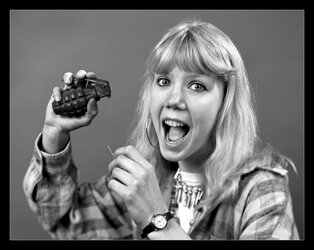
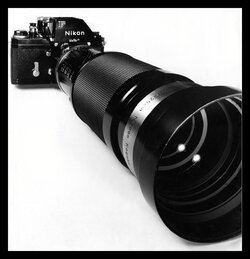
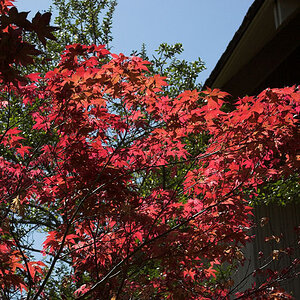

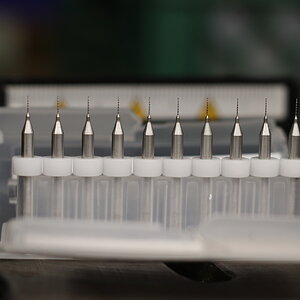

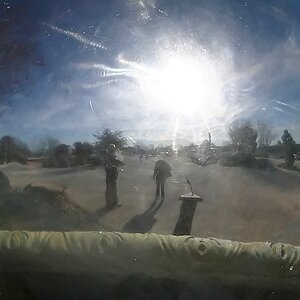
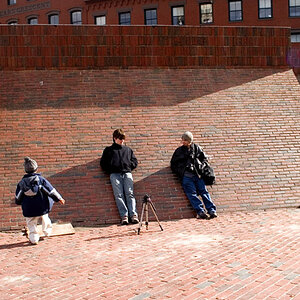


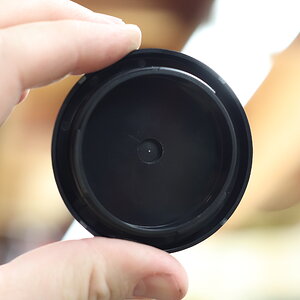


![[No title]](/data/xfmg/thumbnail/37/37119-95714aab9befe33ecb7b951366bedc94.jpg?1619737883)